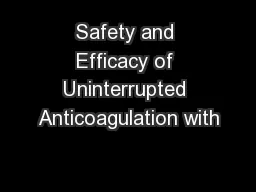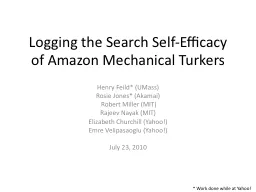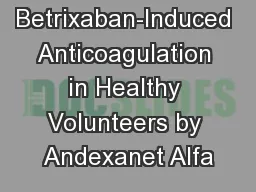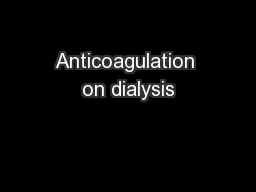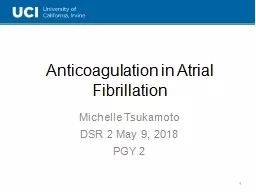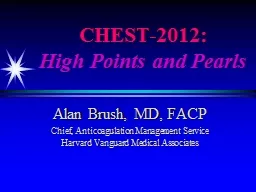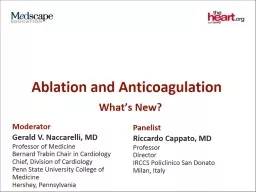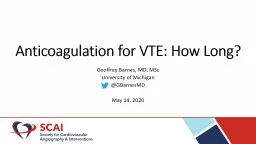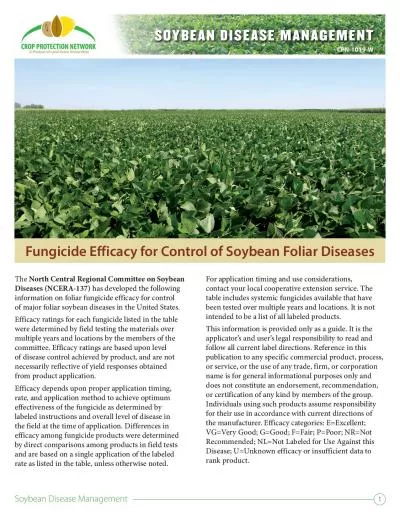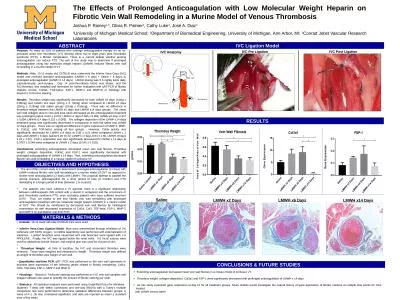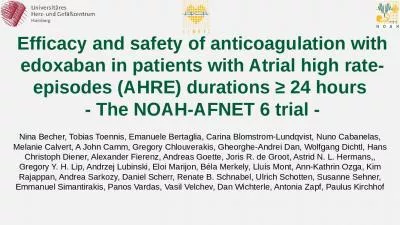PPT-Safety and Efficacy of Uninterrupted Anticoagulation with
Author : olivia-moreira | Published Date : 2017-09-10
Dabigatran Etexilate versus Warfarin in Patients Undergoing Catheter Ablation of Atrial Fibrillation The RECIRCUIT Study Hugh Calkins MD 1 Stephan Willems
Presentation Embed Code
Download Presentation
Download Presentation The PPT/PDF document "Safety and Efficacy of Uninterrupted Ant..." is the property of its rightful owner. Permission is granted to download and print the materials on this website for personal, non-commercial use only, and to display it on your personal computer provided you do not modify the materials and that you retain all copyright notices contained in the materials. By downloading content from our website, you accept the terms of this agreement.
Safety and Efficacy of Uninterrupted Anticoagulation with: Transcript
Download Rules Of Document
"Safety and Efficacy of Uninterrupted Anticoagulation with"The content belongs to its owner. You may download and print it for personal use, without modification, and keep all copyright notices. By downloading, you agree to these terms.
Related Documents

